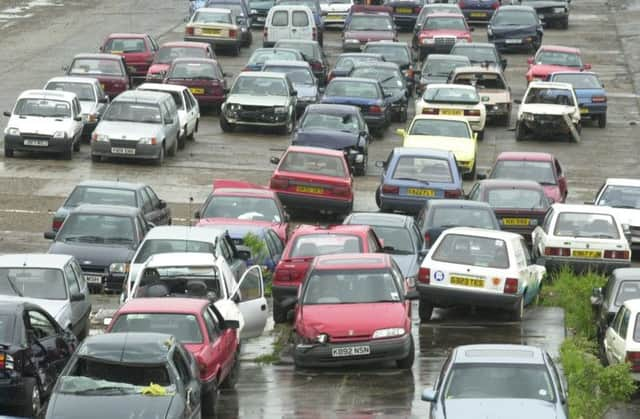Fake car crash scam clampdown paying off


According to accountancy firm EY, insurers paid out £98.50 for every £100 received in premiums last year.
It is only the second time the sector has swung to profit since its study began in 1985.
Advertisement
Hide AdAdvertisement
Hide AdThe figures, based on analysis of the year-end results of the majority of listed insurers, indicate that firms enjoyed a 3.9 per cent improvement on 2012 and the strongest underwriting performance since 1994.
Catherine Barton, head of retail property and casualty actuarial for Europe, the Middle East and Africa at EY, said: “Soaring claims rates driven by a rampant claims culture have meant that insurance underwriting has proven to be perpetually unprofitable over the last decade.”
Instead, companies’ returns had been “heavily supplemented” by ancillary profits or add-ons from other sections of the business, she said.
Last year’s improved profitability came despite recently released research from the Association of British Insurers that showed how fake car crashes helped push the level of insurance fraud to a record £1.3 billion in 2013, an 18 per cent jump on the previous year and more than double the cost of the UK’s shoplifting bill.
Measures taken by the UK government in a bid to tackle the fake car crash problem include cutting fees for personal-injury lawyers and banning payments for exchanging the details of policyholders.
Last week Justice Secretary Chris Grayling also pledged to cut questionable whiplash claims by improving medical assessments, and announced plans to ban lawyers from encouraging people with incentives like cash or iPads.
However, EY warned that it may be too early to start celebrating a turning point for motor insurance profits, because of the way insurers release reserves they have held to cover potential claims.
Barton said these reserves could still be acting as a support system, and questioned whether insurers are set to plunge back into the red once they run out, as they did in the mid-noughties.
Advertisement
Hide AdAdvertisement
Hide AdThe full picture shows the firms’ reserve releases have risen by 7.2 percentage points since 2010.
This activity mirrors the pattern that was seen in the last decade, when they peaked at 12.8 per cent in 2007 before falling to below 0 per cent in 2010.
Without reserve releases, the industry’s ratio of payments to income for 2013 was 105.7 per cent, as opposed to 98.5 per cent when the reserve releases are counted.
Barton said: “Given the size of reserve releases this year, it may not be the turning point and cause for celebration the industry is eager for.”